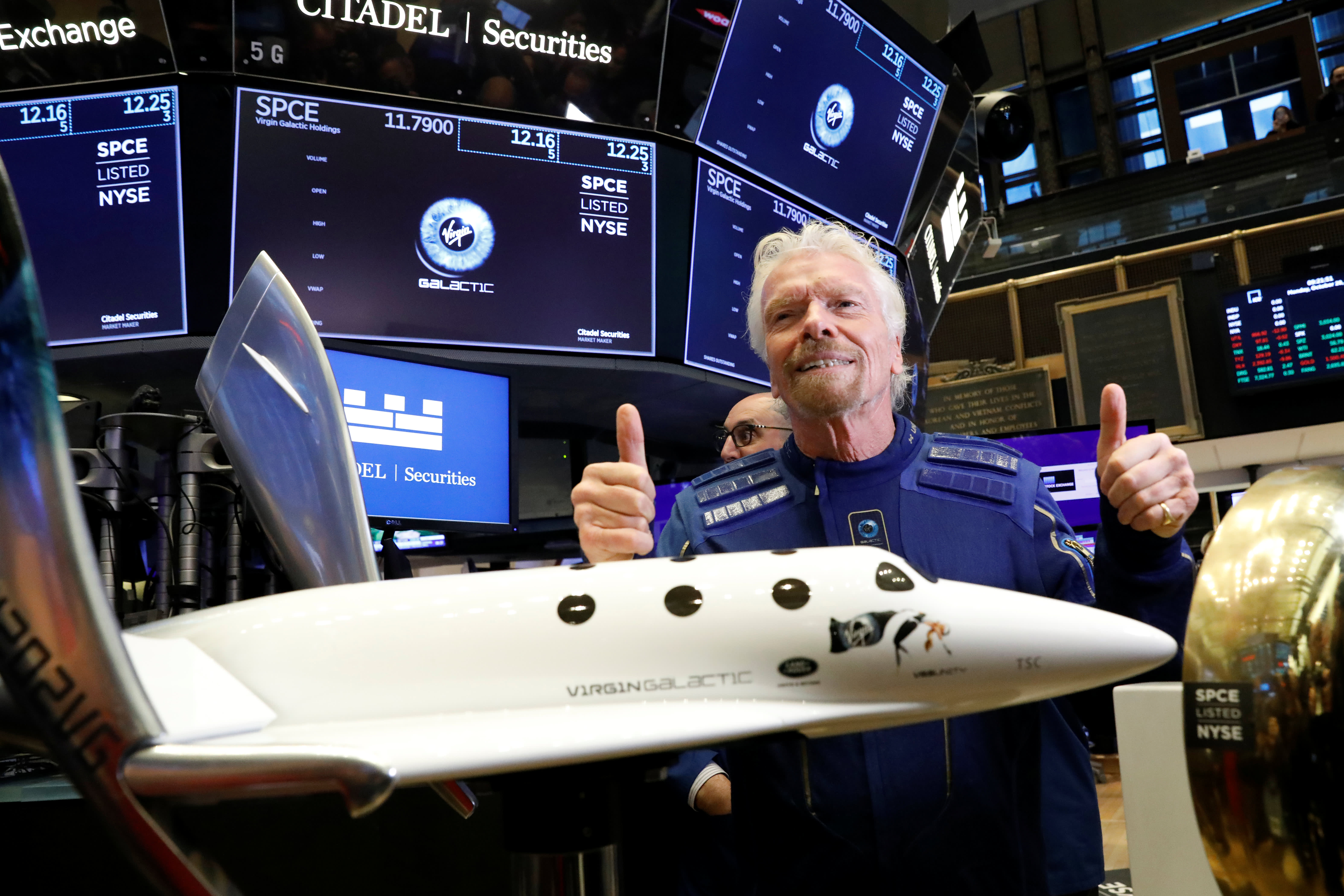Virgin Galactic took a step closer to completing development of its space tourism system on Saturday, successfully flying its first spaceflight in more than two years.
The company’s spacecraft, named VSS Unity, was carried up to an altitude of about 44,000 feet by a carrier aircraft called VMS Eve. The aircraft then released the spacecraft, which fired its rocket engine and accelerated to more than three times the speed of sound.
After performing a slow backflip in microgravity at the edge of space, Unity returned through the atmosphere in a glide, landing back at the runway of Spaceport America in New Mexico that it took off from earlier.
“Now in space,” the company tweeted during the flight.
Pilots C.J. Sturckow and Dave Mackay flew Unity. The pair have previously flown to space, as well as fellow Virgin Galactic pilots Michael “Sooch” Masucci and Mark Stucky and chief astronaut trainer Beth Moses, who have each been given astronaut wings after the company’s first two spaceflights.
The U.S. officially consider pilots who have flown above 80 kilometers to be astronauts.
Virgin Galactic’s spacecraft Unity is designed to hold up to six passengers along with the two pilots. The company has about 600 reservations for tickets on future flights, sold at prices between $200,000 and $250,000 each.
The spaceflight is the company’s first since February 2019, and its third to date. Virgin Galactic flew two spaceflight tests from its development facility in California’s Mojave Desert, before moving to its operational base in New Mexico. The company expected to clear some or all of its remaining Federal Aviation Administration milestones with this flight, setting it up to receive a key license needed to conduct regular spaceflights.
Unity also carried NASA-funded payloads on this mission, under the agency’s Flight Opportunities program.
Shares of Virgin Galactic climbed 22% over the past two days of trading after the company announced plans for the spaceflight test, avoiding a possible maintenance issue that threatened to delay the flight.
The spaceflight is one of four remaining for Virgin Galactic to finish development of its SpaceShipTwo rocket system. The second spaceflight test will carry four passengers to test the spacecraft’s cabin, while the third test is planned to fly founder Sir Richard Branson.
The company’s test flight program has been delayed substantially over the past few months. Saturday’s spaceflight was a redo of a December attempt that was cut short by an an electromagnetic interference issue, and the company’s promised beginning of commercial service has been pushed back from mid-2020 to early 2022.
Become a smarter investor with CNBC Pro.
Get stock picks, analyst calls, exclusive interviews and access to CNBC TV.
Sign up to start a free trial today.
